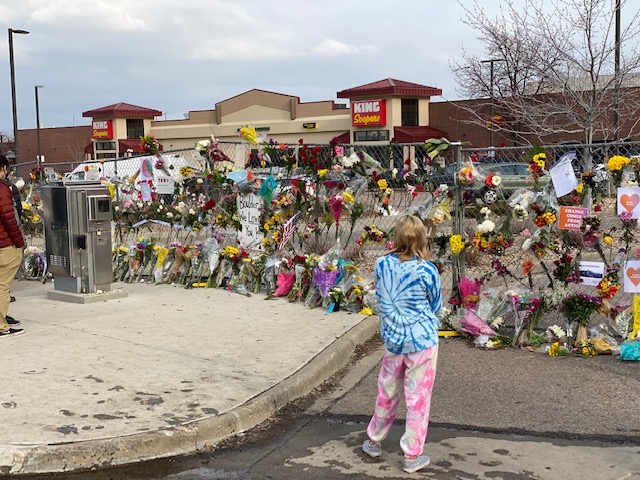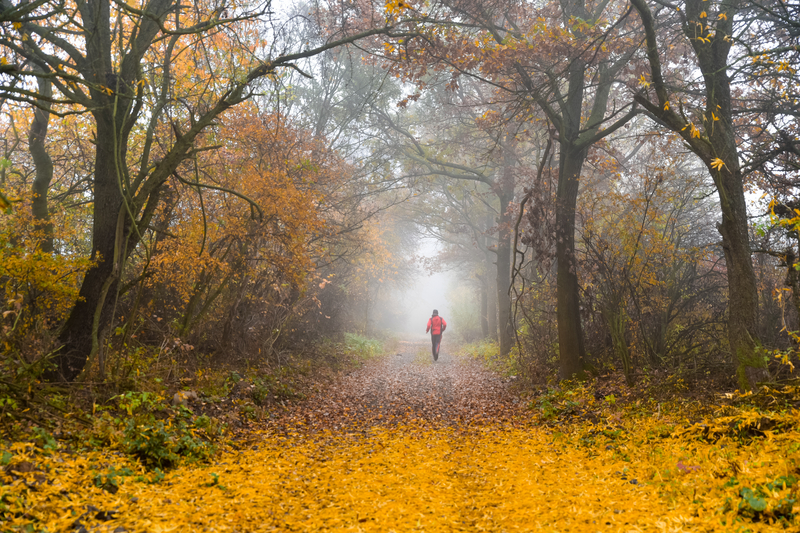Letters from Hither and Yon

I’m just a plainspoken Colorado criminal defense lawyer, but the way I see it…
I don’t usually write about criminal justice near my own hometown: my clients wouldn’t appreciate me telling their stories, and writing about the clients of other Colorado criminal defense lawyers seems to me a commercial conflict of interest.
But a retired Westminster police chief, Dan Montgomery, has been generously and relentlessly writing every month for the past several years to share articles about police use of force, excessive or not, as compiled by Americans for Effective Law Enforcement. I finally took a look for myself at the AELE Law Library website, and it’s fascinating.
You can take a look here.
Tara Godoy has written kind inquiries for years from sunny Cal, and her website is a revelation in medical forensics, well worth the time of any criminal defense lawyer in any state. The site is here.
Another frequent correspondent, which regularly tries to enlist my help or anyone’s with the slightest care for human rights, is Amnesty International. Not only did they recognize the presidency of Joe Biden within a week of his election, they outlined a complete set of human rights policy priorities they’d like to see his administration implement.
For some reason, they believe Biden can do better than the former guy, who they say threw kids in cages, left thousands of people seeking safety to die at the border, bombed civilians globally, stoked white supremacy and emboldened violence from the police, and left hundreds of thousands of people — including frontline workers — to die from COVID-19.
Low bar.
Still, they say Biden has his work cut out for him: to end the police killings of Black people and gun violence across the U.S.; defend the right to protest and free expression, which have been severely hampered by the U.S. government; free people, including all families together, from ICE detention; restore asylum access at the U.S./Mexico border and release immigration detainees; safeguard human rights as the world continues to grapple with the COVID-19 pandemic and its long-lasting effects; address the urgent climate crisis as the human rights crisis it really is; promote gender equality worldwide; protect persecuted populations around the world; halt civilian deaths committed by U.S. arms and U.S. lethal operations globally; and finally, close Guantanamo (not the entire city, just the U.S. military prison).
Ambitious. Even for a guy with a six trillion-dollar budget and a twenty-dollar haircut.
Finally, it’s been almost a year since I’ve wanted to mention that a law professor wrote from Canberra to tell me about his own blog. (Where has the time gone? Oh … yeah … Covid.) Barrister Michael Eburn is an expert on the law of emergency services and management. His public blog (I have no idea what he does in private, which is probably proper) is Australian Emergency Law.
Dr. Eburn takes many more vitamins than I do: he’s already written fifteen articles this month.
Good lord — he’s just posted something today.



